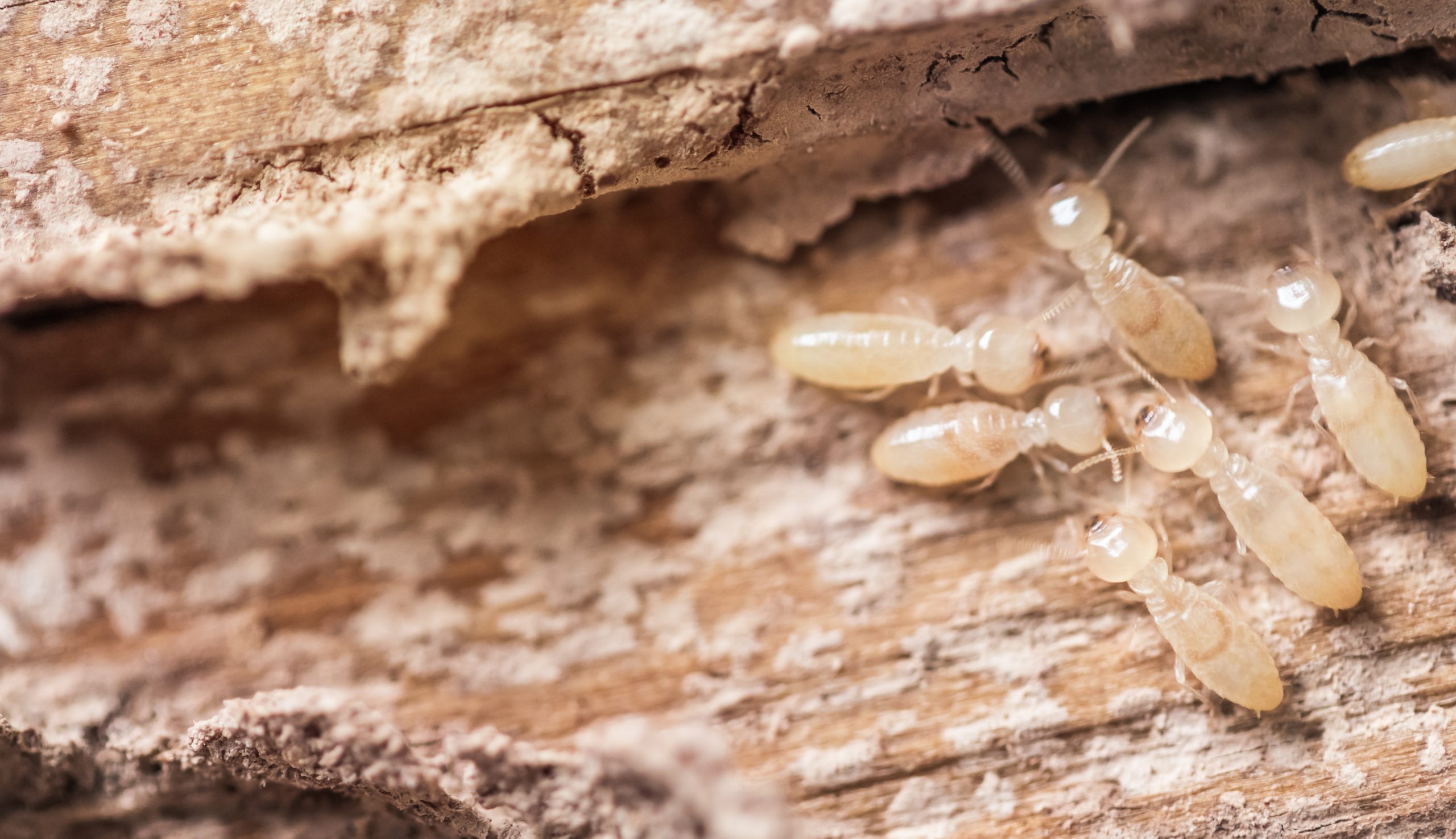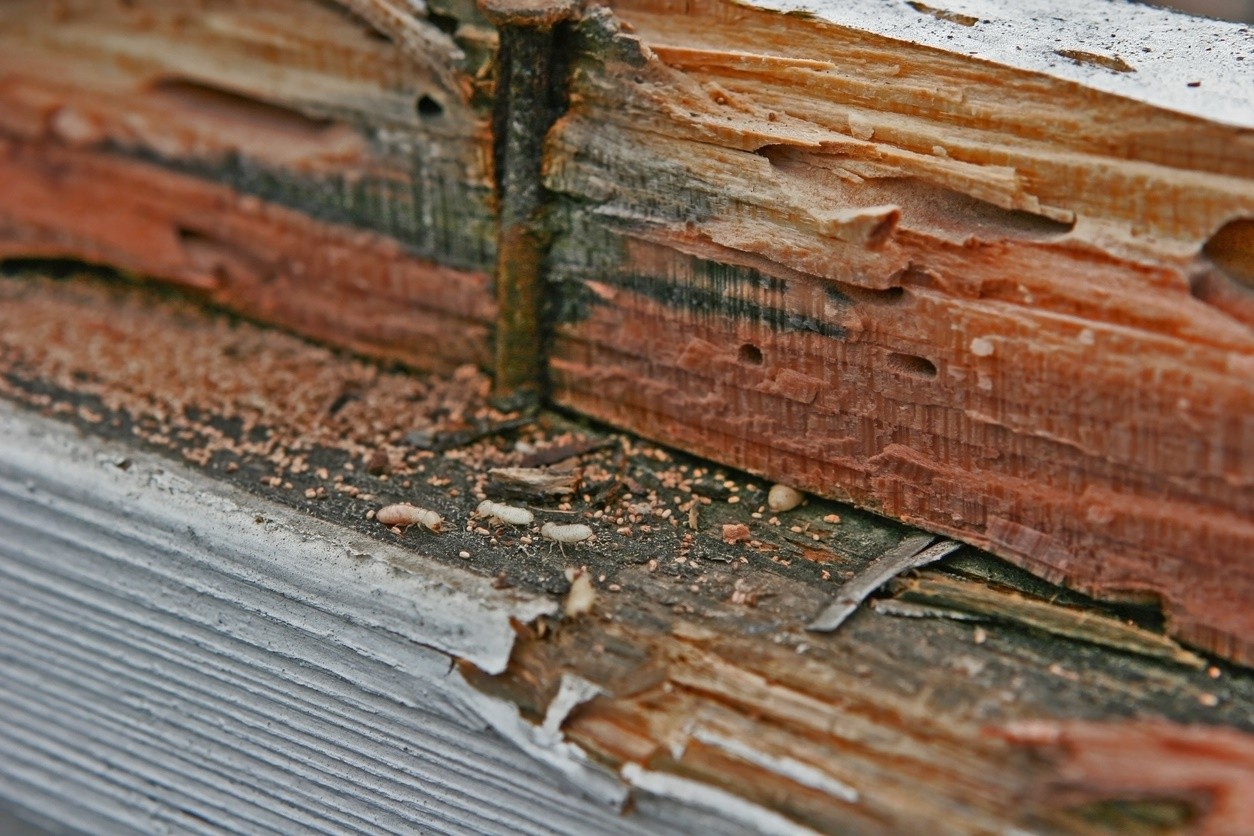Table Of Content

There are three species of drywood termite (Order Isoptera, Family Kalotermitidae) that are of concern to homeowners. Drywood termites are most often found in the warm climates of southern California, Arizona, New Mexico, Arizona, Texas, Louisiana, Mississippi, Alabama, Georgia, and Florida. Under the right conditions, they can survive in cooler climates, although this is rare. Termites and flying ants possess a very similar appearance, enough so that, without closer inspection, you may mistake one for the other.
How to Get Rid Of Drywood Termites
The Western drywood termite will swarm during the day between the end of August and November. The Western drywood termite soldiers are about 5/16” with dark yellow-brown heads and strong jaw. Taking steps to prevent termites can save you a great deal of money. Moisture is an absolute necessity for termite colonies to survive and thrive, so eliminating damp areas around your house is essential to preventing termites.
What kills termites naturally?
The cost of a termite inspection can vary depending on several factors. Thus, consider the potential cost when scheduling professional termites inspections for your property. When you inspect for termites, you’re taking a proactive approach to preventing costly damage. Termite inspectors are experts who can assess your property for these destructive pests. DIY termite treatment may seem like a feasible option that should be less expensive than hiring a professional, but in reality, it can cost more time, money and effort than you think.

Southern Drywood Termite
They are also found sporadically across some western states and along the Gulf Coast. Drywood termites are found in dry pieces of wood like the framing of your house, flooring, and even furniture. When you call a professional, they will use a liquid treatment or bait plan. The liquid treatment is the most effective and is fast-acting, and works to prevent termites from passing by the barrier the exterminator sprays around your home.
The United States of Termites: How the Tiny, Traveling Pests Are Taking Over—And Where They’re Going Next
When it comes to nationwide pest control providers, we recommend Terminix and Orkin. Unfortunately, spotting a termite infestation not as easy as seeing a termite skittering down your wood grain. Start by checking your attic, all of your home’s cracks and joints, and fuse boxes for the following signs identified by the University of Kentucky. They obtain all the nutrition and moisture they need to survive from that piece of wood and have no need to go anywhere else. An often-overlooked sign of active drywood termites in your home, is the presence of their fecal matter or frass.
Here are some signs you may notice that indicate a possible termite infestation within your home. High moisture levels and lots of wood are the popular reasons for luring termites to your home. Putting these together, like rotted water-wood, is a feast for these little crawlers. Have mulch in your flowerbed around the front or back of your house? One common treatment for termites is to treat the soil around the affected house with a termite insecticide such as imidacloprid or fipronil. It will cost anywhere between $225 and $2,500 for drywood termite removal.
Why Is the U.S. Still Using Wood to Build Houses? TIME - TIME
Why Is the U.S. Still Using Wood to Build Houses? TIME.
Posted: Wed, 02 Jun 2021 07:00:00 GMT [source]
As adults, they are wingless, but they start their life cycle with wings so they can swarm to form a new colony. The most common fumigant used in termite tenting is Vikane, which is not an ovicide (it does not kill eggs). Here are some of the most frequently asked questions about termite tenting and fumigation.
Inquiries for pest control specifically for termites rose 16.3 percent in 2023 (compared with the demand in 2022). Readers in the Northeast sought to hire pros for pest control at a similar rate as for 2022, but more inquiries were made earlier in the 2023 termite season. Readers in the Midwest experienced more termite issues in 2023 than they did in 2022, with inquiries for termite control more than tripling.
Depending on the areas being treated, heat may damage some sensitive electronic items within your home. Galleries are smooth sided and free of the mud spots typical of subterranean termites. An experienced Pest Management Professional can determine drywood vs subterranean termite damage by inspecting the damaged wood.
Before beginning termite treatment, homeowners will need to determine whether they have a termite or an ant infestation. Flying ants are often mistaken for termites since both have wings and antennae. However, flying ants can be distinguished from termites by their bent antennae, pinched waists, and combination of short and long wings.
Spot treatments are often used to “buy time” when a fumigation is impracticable. DIY methods can be quite weak against severe termite infestations; by the time you’ve noticed it, it’s probably already pretty bad, so it’s often not worth trying to resolve the issue yourself. The best way to get rid of termites is to hire a professional pest control company.
They will have specialized tools and knowledge to tailor treatments to your home and the specific size and type of termite infestation you have. If not detected in time, dry rot can lead to serious structural damage in the home, such as the collapse of floor joists. Although this may not lead to a complete collapse of a home, it can cause certain areas to buckle or sag. If this happens, a specialist from one of the best foundation repair companies will need to inspect the areas and formulate a plan to replace the joists. This is where wood rot vs. termite damage expenses come into play, since a small portion of a home that’s affected by termites will cost much less to treat than extensive wood rot in floor joists.

No comments:
Post a Comment